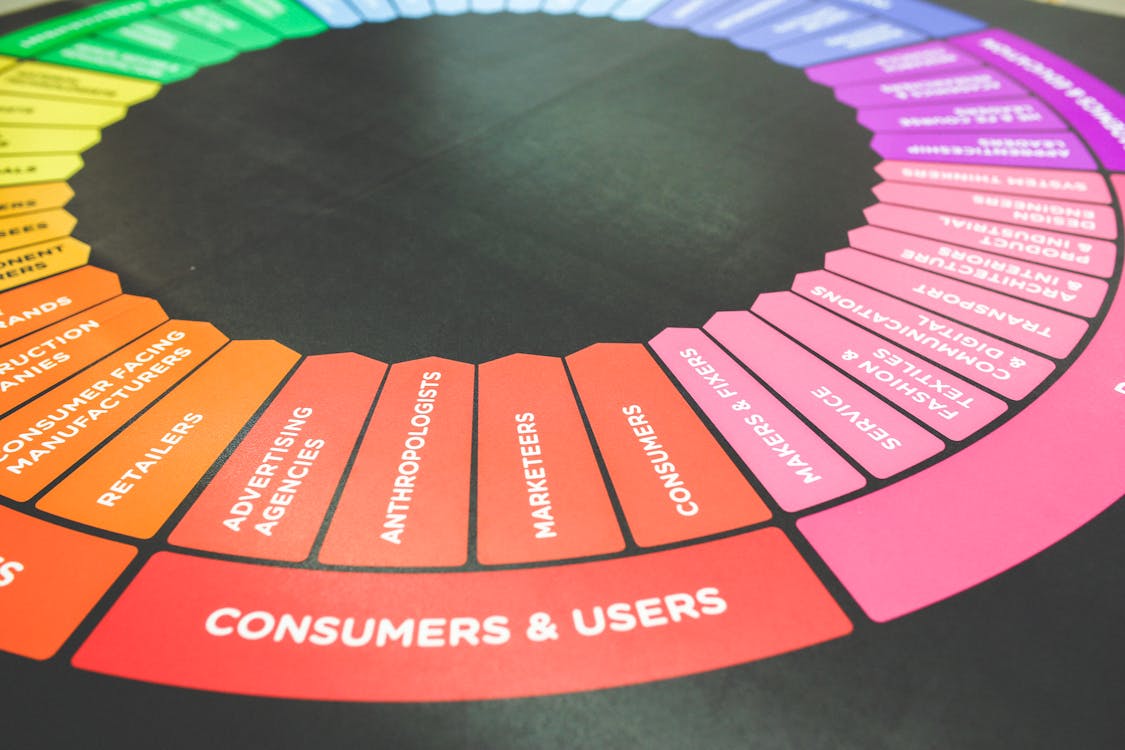Marketing in today’s ever-changing digital landscape requires highly specialized skills and in-depth knowledge. As a business owner, you might find that you are focused on the day-to-day operations that keep everything running smoothly, leaving you with little time to acquire the skills needed to run a successful marketing campaign. That’s where a full-service marketing agency comes in. For a fraction of the cost of hiring in-house marketing specialists, you can partner up with a well-rounded digital marketing team, saving you money in the long run, increasing your ROI, and giving you time to do what you do best, running your business and keeping your customers happy. Let’s explore why partnering with a great marketing agency can help you make a big impact without breaking the bank!
Full-service marketing agencies serve as strategic partners, guiding businesses through the complexities of the marketing landscape and helping them achieve their objectives with maximum impact and effectiveness. With comprehensive, personalized services, like crafting compelling brand stories, designing eye-catching visuals, running strategic digital campaigns, and engaging with audiences on social media, marketing agencies aim to provide a holistic approach that covers every aspect of your marketing needs. Here are some reasons why working with a marketing agency is a cost-effective way to promote and grow your brand.
1. Streamlined Communication and Coordination:
Working with a single agency ensures that everyone is on the same page and working towards a common goal. A dedicated account manager serving as your primary point of contact means you can enjoy clear and consistent communication throughout the entire process. This not only saves you time and effort but also helps lower the risk of misunderstandings and miscommunications, ultimately leading to more efficient and effective marketing campaigns.
2. Comprehensive Expertise and Specialization:
One of the biggest perks of partnering with a full-service marketing agency is the chance to work with a diverse team of experts with specialized marketing skills and knowledge. From branding and design to digital marketing, content creation, and beyond, these agencies have the expertise needed to execute a successful marketing campaign with precision and effectiveness. Rather than relying on multiple vendors or hiring in-house specialists, partnering with a full-service agency gives you access to specialized marketing services all under one roof. This not only saves you the hassle of managing multiple relationships but also ensures that your marketing efforts are consistent and aligned with your business goals.
3. Cost Savings Through Economies of Scale:
By bundling multiple services together, marketing agencies are able to offer more competitive pricing than individual vendors or specialists. Because full-service agencies handle a wide range of clients and projects, they can spread overhead costs across their client base, further reducing costs for each individual client. This means that you can access high-quality marketing services at a fraction of the cost of hiring multiple vendors or building an in-house marketing team, making it a cost-effective choice for businesses of all sizes.
4. Strategic Guidance and Planning:
Full-service marketing agencies don’t just execute marketing tactics; they also provide strategic guidance and planning to help you reach your business goals. Whether you’re looking to increase brand awareness, drive website traffic, generate leads, or boost sales, these agencies work closely with you to develop a customized marketing strategy that aligns with your objectives and budget. From conducting market research and competitor analysis to setting goals and defining KPIs, full-service agencies take a data-driven approach to planning and execution, ensuring that your marketing efforts are targeted, measurable, and effective.
5. Scalability and Flexibility:
Whether you’re a small startup looking to establish your brand presence or a growing enterprise looking to break into new markets, a marketing agency can adjust their services to meet your needs and budget. From launching targeted campaigns to managing ongoing marketing initiatives, full-service agencies offer the flexibility to adjust strategies and allocate resources as needed, allowing you to adapt and to seize new opportunities as they come up.
Think of a marketing agency as your trusted companion, equipped with a wide range of tools and expertise. With a dedicated team of professionals by your side, you can navigate the world of modern marketing with confidence, knowing that you have a trusted partner committed to your success, offering guidance, support, and expertise every step of the way.



 Like any recipe, there are key ingredients and those that are used only to enhance the flavors. Too much, or too little, of one thing can ruin the entire dish. Similarly, putting together a media mix can be a delicate task. There is no one-size-fits-all media mix that can be used for every client. Knowing what the right amount is for each medium is something that takes strategy, time, and possibly even trial and error. It’s vital to know how much money it takes to be effective on each platform. For instance, you’d never be able to run an effective radio branding campaign with a mere $100. Some mediums have budget minimums for this reason. Know the point of diminishing return on
Like any recipe, there are key ingredients and those that are used only to enhance the flavors. Too much, or too little, of one thing can ruin the entire dish. Similarly, putting together a media mix can be a delicate task. There is no one-size-fits-all media mix that can be used for every client. Knowing what the right amount is for each medium is something that takes strategy, time, and possibly even trial and error. It’s vital to know how much money it takes to be effective on each platform. For instance, you’d never be able to run an effective radio branding campaign with a mere $100. Some mediums have budget minimums for this reason. Know the point of diminishing return on 



 Starting your own company or managing one is often accompanied by a dose of egoism. It’s difficult to look at your product or service offering from a truly objective perspective because of how much you have invested. Market analysis forces companies to look inward and ask, “Why would consumers come to us?”
Starting your own company or managing one is often accompanied by a dose of egoism. It’s difficult to look at your product or service offering from a truly objective perspective because of how much you have invested. Market analysis forces companies to look inward and ask, “Why would consumers come to us?”




